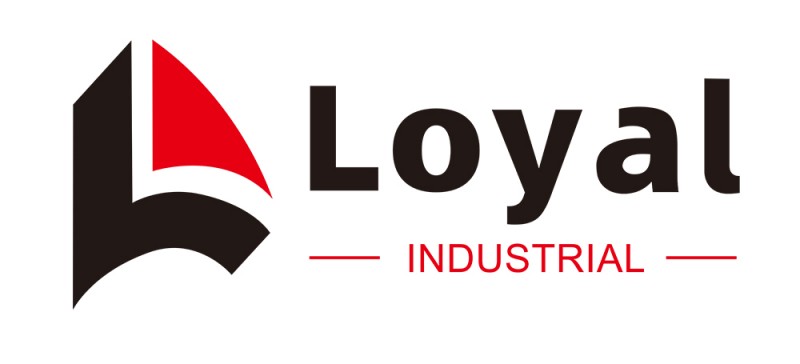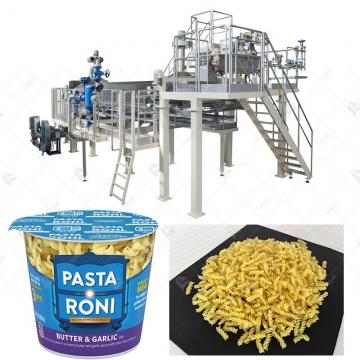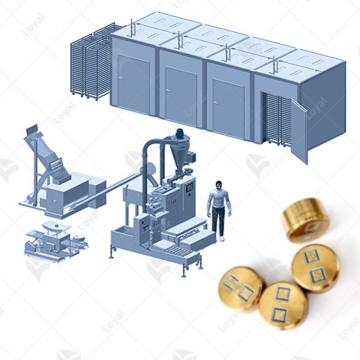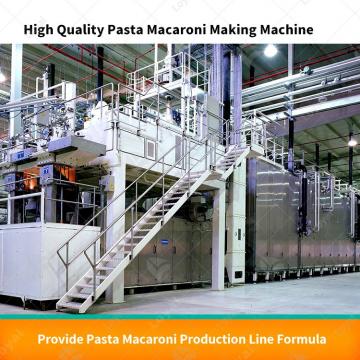State-of-the-Art Fully Automated Spaghetti Production Line: Boosting Productivity and Sustainability
State-of-the-Art Fully Automated Spaghetti Production Line: Boosting Productivity and Sustainability
Introduction
In the rapidly evolving landscape of food manufacturing, the adoption of state-of-the-art Macaroni Pasta Production Line stands as a pivotal advancement. The integration of cutting-edge technologies not only redefines the efficiency of spaghetti production but also contributes significantly to the sustainability goals of the industry. This article delves into the intricacies of these modern marvels, exploring how they go beyond conventional methods to boost productivity and champion environmental consciousness.Shandong Loyal Industrial Co., Ltd. has incorporated advanced technologies from UTF and AXOR in the production of its macaroni.

Evolution of Spaghetti Production Technology
The historical backdrop of spaghetti production is a fascinating journey marked by innovation. From traditional handcrafted methods to the mechanization of the early 20th century, the evolution of spaghetti production has been continuous. Today's state-of-the-art production lines represent a culmination of this journey, where automated processes and technological advancements converge to redefine the standards of efficiency and precision.
Key Features of State-of-the-Art Spaghetti Production Line
Examining the core of these advancements, we delve into the key features that set state-of-the-art spaghetti production lines apart. Advanced automation technologies, including robotic systems and artificial intelligence, not only streamline the manufacturing process but also contribute to a significant reduction in operational errors. Moreover, the integration of sustainable practices, such as energy-efficient components and waste reduction measures, showcases a commitment to environmental consciousness.
Benefits of Fully Automated Systems
The adoption of fully automated systems in spaghetti production brings forth a myriad of benefits. The enhanced production efficiency and output resulting from precise automation lead to a substantial increase in overall productivity. Resource optimization, including raw material usage and energy consumption, coupled with reduced waste in the manufacturing process, reinforces the economic and environmental advantages of these cutting-edge systems.
Sustainability Measures in Spaghetti Production
In the pursuit of sustainability, modern spaghetti production lines implement eco-friendly practices that transcend the boundaries of efficiency. The emphasis on reducing the carbon footprint through energy-efficient operations and the meticulous management of waste contributes significantly to the overall environmental impact of the food manufacturing industry.

Case Studies
Exploration of successful implementations of state-of-the-art spaghetti production lines unveils real-world examples of enhanced productivity and sustainability. Industry leaders have embraced these innovations, showcasing measurable improvements in production output, cost-effectiveness, and environmental responsibility. These case studies serve as compelling evidence of the transformative power of adopting advanced technologies in spaghetti production.
Future Trends and Innovations
As we gaze into the future of spaghetti production, emerging technologies promise further innovations. The discussion on the horizon includes the integration of smart manufacturing, predictive maintenance, and advancements in materials, which collectively point toward a continued evolution of automated systems in the food industry.
Conclusion
In conclusion, the significance of state-of-the-art spaghetti production lines cannot be overstated. This article has illuminated the transformative journey from historical methods to the present-day automated systems, emphasizing their dual role in boosting productivity and championing sustainability. As we move forward, it is clear that these advancements will shape the future of spaghetti production, setting new benchmarks for efficiency and environmental responsibility.
FAQs: Common Questions about Spaghetti Production Lines
1. What makes a spaghetti production line "fully automated"?
A fully automated spaghetti production line is characterized by the integration of advanced technologies that enable minimal human intervention. Robotics, artificial intelligence, and smart manufacturing processes work together to handle various tasks, from dough preparation to packaging, ensuring a streamlined and efficient production flow.

2. How do automated systems contribute to sustainability in spaghetti production?
Automated systems play a pivotal role in sustainability by optimizing resource usage and minimizing waste. These systems are designed to be energy-efficient, reducing overall energy consumption. Additionally, precise control over the production process leads to less material wastage, contributing to a more environmentally conscious approach.
3. Can smaller food manufacturers benefit from state-of-the-art spaghetti production lines?
Yes, advancements in technology have made it more feasible for smaller food manufacturers to adopt state-of-the-art spaghetti production lines. Modular and scalable solutions are available, allowing businesses of various sizes to benefit from automation, thereby improving efficiency and sustainability.
4. Are there any challenges associated with transitioning to fully automated spaghetti production?
The transition to fully automated systems may pose challenges related to initial investment costs and the need for skilled personnel to operate and maintain the equipment. However, the long-term benefits, including increased productivity and sustainability, often outweigh these initial challenges.





